Many Indian cities are a jumble, a mix of the ancient and modern, but none can ever be compared in this regard to Varanasi. The life of India is the Banaras, as it is believed to be the abode of the Hindu God and Goddess. A visitor can experience the birth of life and the diffusion of the body into the five elemental forms at Manikarnika Ghat. The 87+ Ghats of the city of Banaras are not just the source of merchandise and business but they are known for their beauty during the evening aartis and prayers.
Top 15 Ghats of Varanasi
1. Assi Ghat
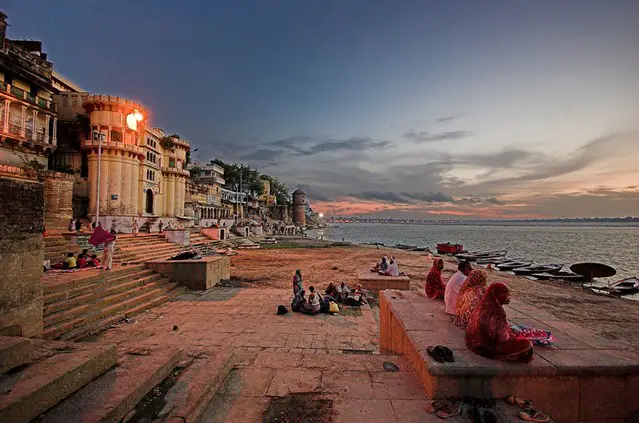
Assi Ghat is where the Ganges meets river Assi, and although it is not as popular for tourist and visitors, it is an important ghat for Hindus, as pilgrims bathe here before worshipping Lord Shiva. If one ever does visit Varanasi, one must go to the Assi Ghat, not purely for its mythological significance but to experience the peace it offers.
2. Dashashwamedh Ghat
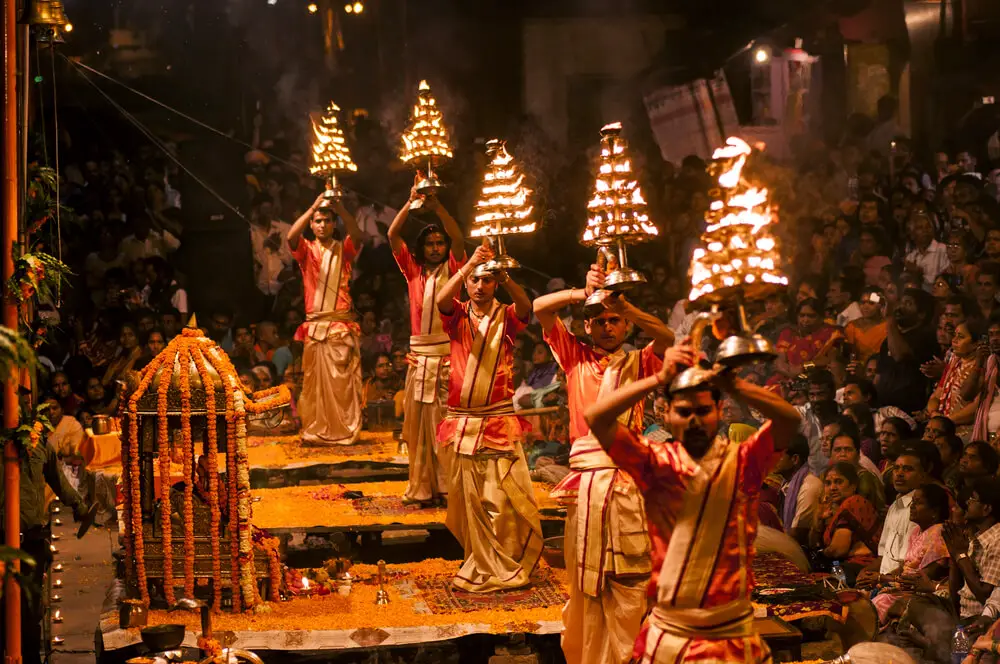
Dashashwamedh Ghat is known to be the heart of the action and the top attraction in Varanasi. It is one of the oldest and holiest ghat of Varanasi,. The famous Ganaga aarti takes place at this ghat. Sitting on the steps of this ghat and observing people drenching in spirituality is one of the top things to do here.
3. Chet Singh Ghat
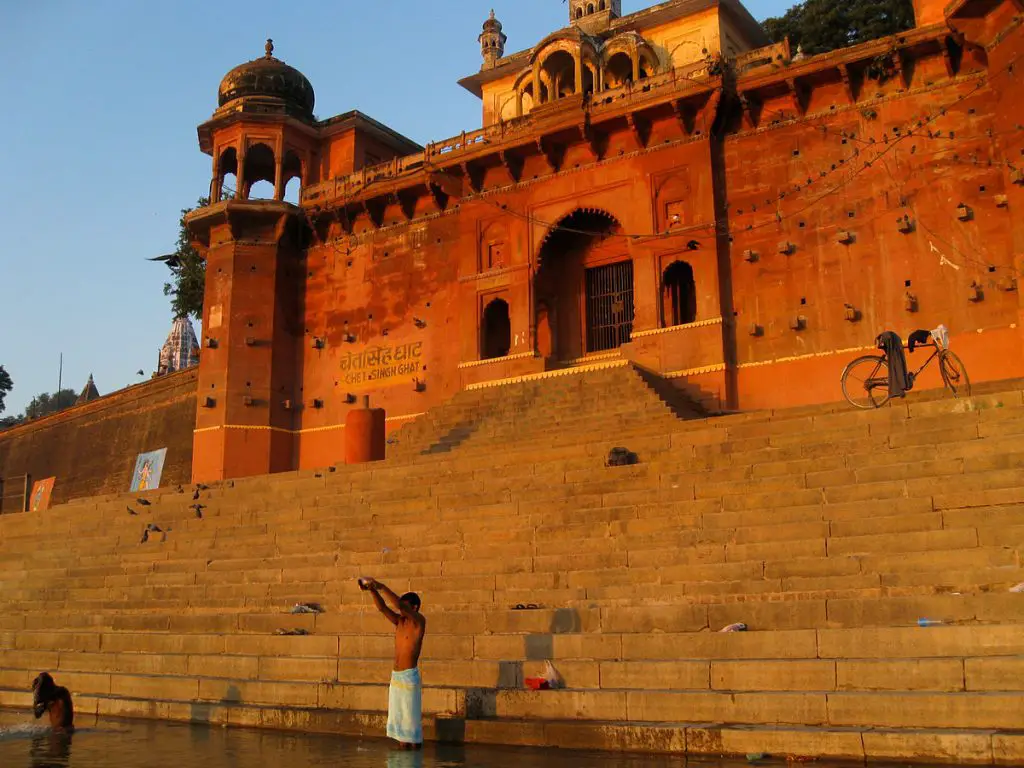
The Chet Singh Ghat witnessed a fierce battle between the troops of Warren Hastings and Chet Singh in 1781.The beautiful ghat fell into the hands of the british after Chet Singh’s defeat who then lost it to Maharaja Prabhu Narayan Singh in the latter half of the 19th century.
4. Tulsi Ghat
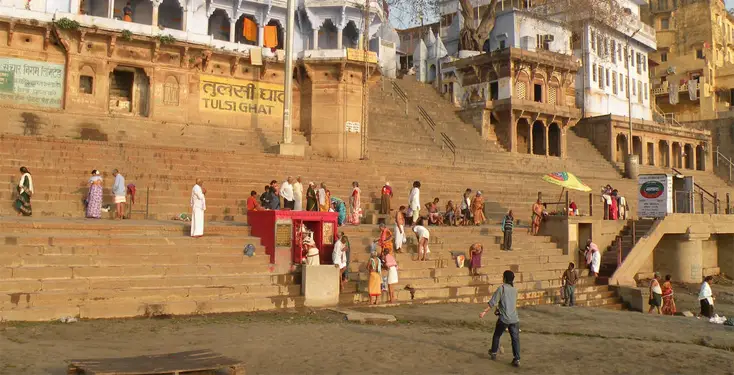
Earlier referred to as Lolark ghat, the Tulsi Ghat gets its name from Tulsidas, the saint-poet who wrote the Ramcharitramanas. He spent a large section of his life at this ghat because of which it is known as Tulsi Ghat. It was cemented only in 1941, by Baldeo Das Birla.
5. Munshi Ghat

The Munshi Ghat is home to the Darbhanga palace which is a visual treat. The Darbhanga Palace was constructed by the royal family of bihar and later was extended by the then finance minister Sridhara Narayan Munshi. The Darbhanga Ghat houses most of the Darbhanga palace, a part of which is now converted into a hotel.
6. Manikarnika Ghat
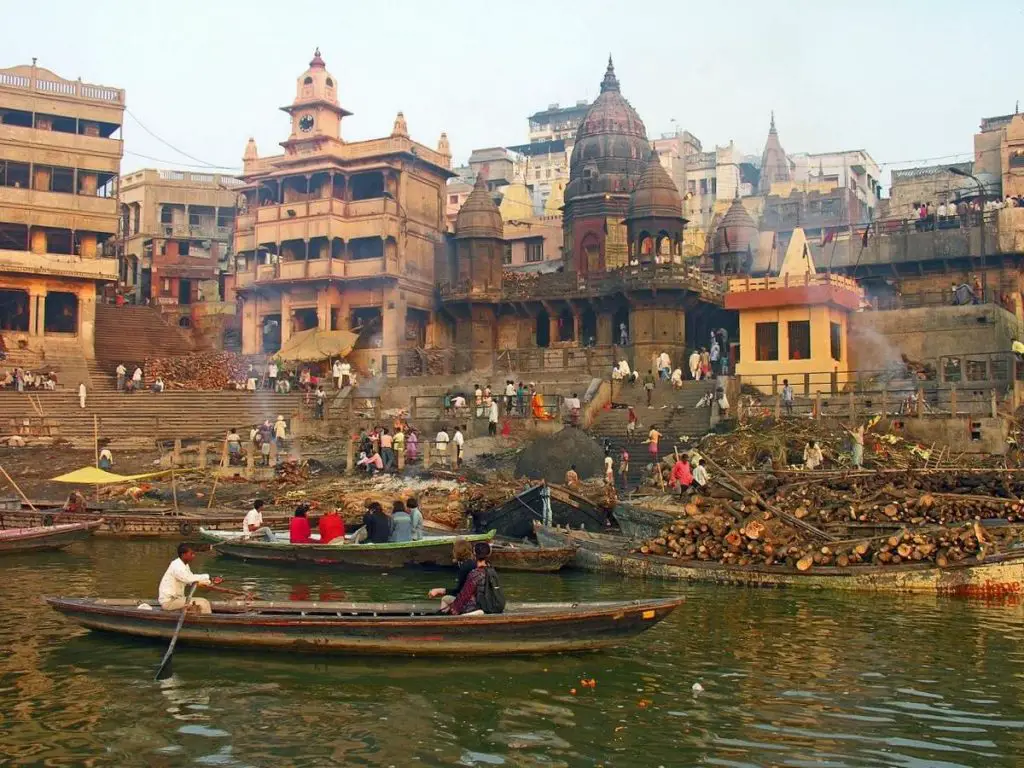
Manikarnika Ghat, is the most auspicious place for a Hindu cremation ritual. Manikarnika is the name given to the kund, while the constantly busy cremation ground is Jalasi Ghat, directed by a dark smoke-stained temple built by Queen Ahalya Bai Holkar of Indore in the 18th century.
7. Harishchandra Ghat
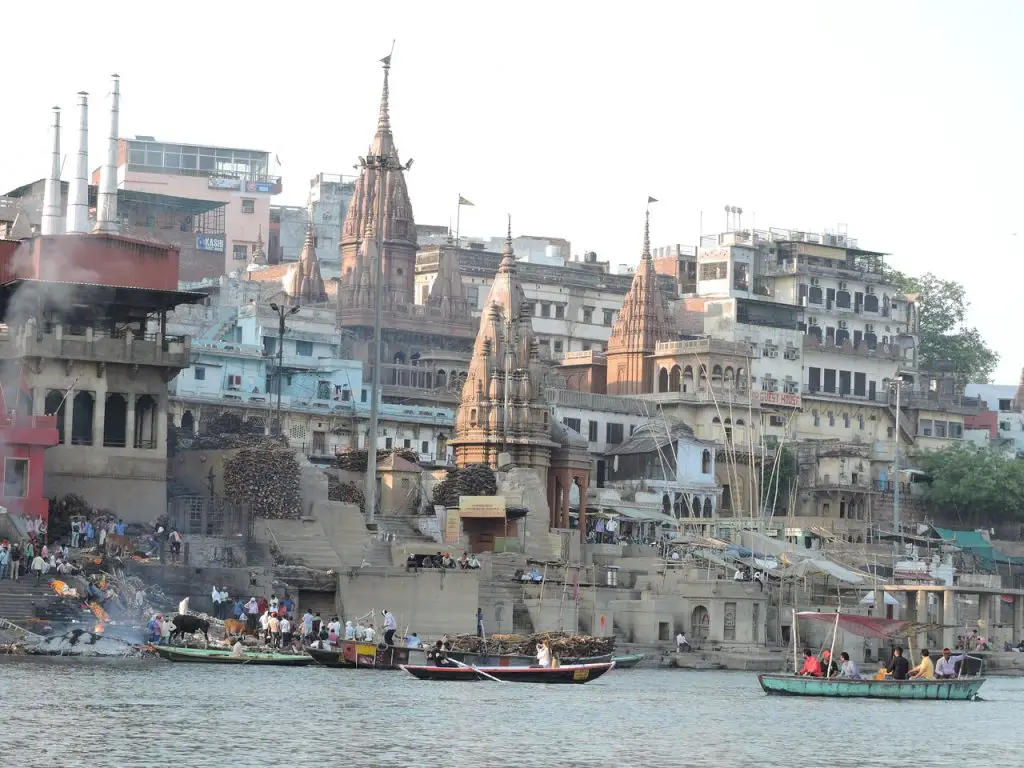
It is named after the legendary king Harishchandra who said to have almost lost everything in a fit of self-abnegation. It is among the two ghats named for cremation. Hindus bring the dead bodies of relatives and loved ones from distant areas to this Ghat for cremation because it is believed that the person whose last rites are performed here gets moksha.
8. Ganga Mahal Ghat
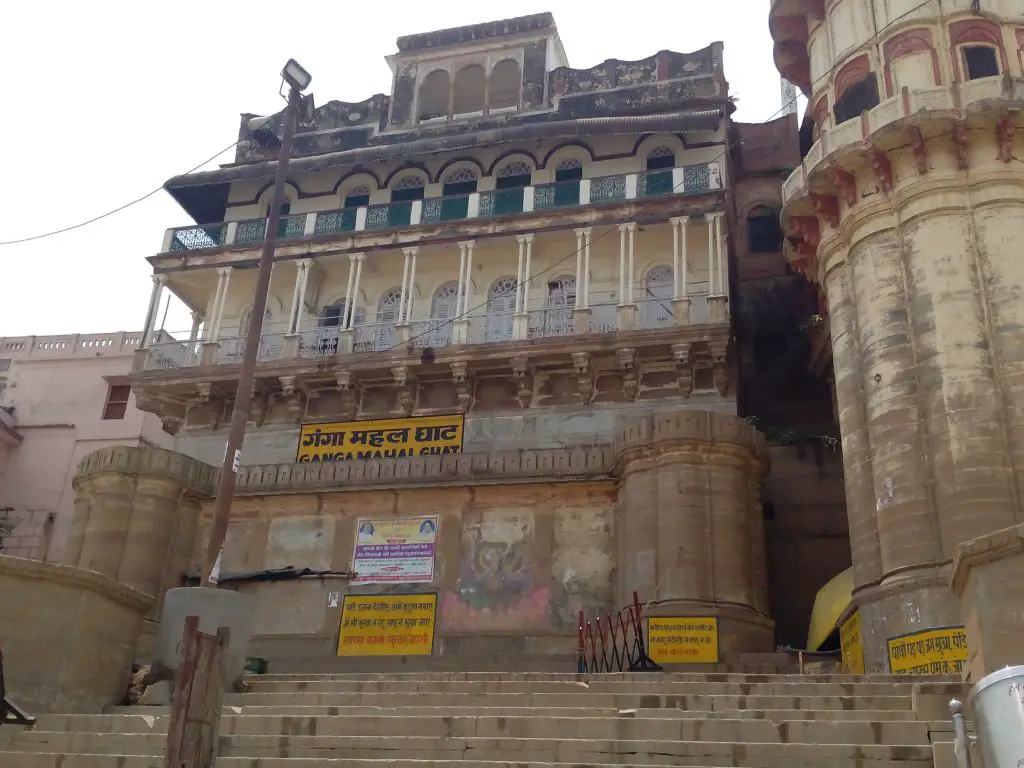
This Ghat was first built as an extension to the famous Assi Ghat. Today, both the Ghats are separated by a series of stone steps. The Ghat gets its name from the Ganga Mahal on the Ghat .The Mahal is now used as an educational institute. The first floor is dedicated to literacy program of Canada and the other floors are used for Indo-Swedish study center.
9. Rajendraprasad Ghat
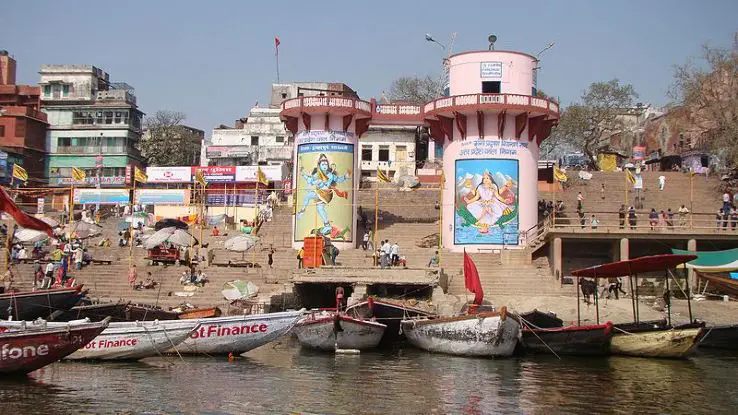
It is used to be a part of Dashashwamedh Ghat and later, it was named after the first president of the country. Today, you can find a new temples and a cultural stage. In the past, it was a famous spot of rituals, boat ride, etc.
10. Scindia Ghat
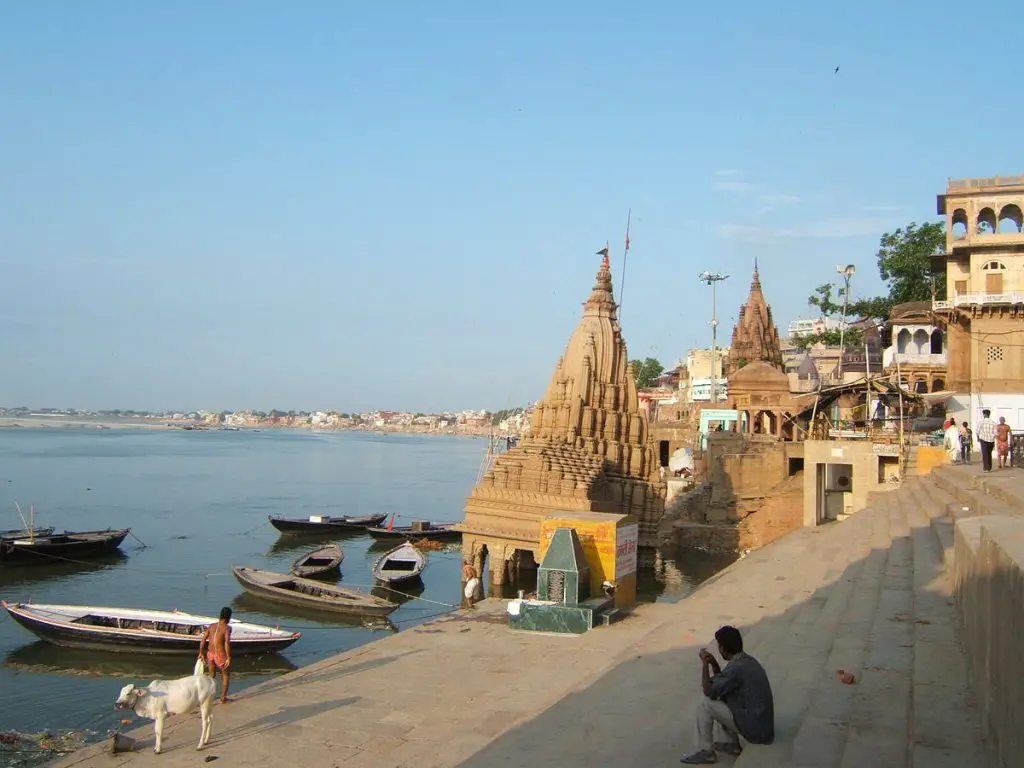
Scindia Ghat was built by a Scindia Woman in 1850 and this is the reason it is known as Scindia Ghat. Boating alongside this ghat is a favourite activity of tourists. Its a belief of local people that who pray at this ghat get blessed with son. According to Hindu Mythology this ghat is the birth placed Agni, the God of fire.
11. Rewa Ghat
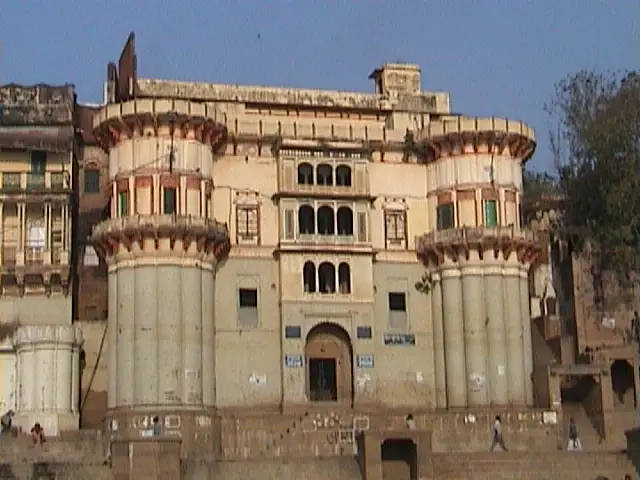
Rewa Ghat was built by the royal priest of Maharaja Ranjit Singh of Punjab, whose name was Lala Mishir and thus this ghat was earlier known as Lala Mishir Ghat. It features concrete stairs, designed in ’Ashta Pahal’ style of architecture which protects it from the strong currents of river Ganga.
12. Jain Ghat
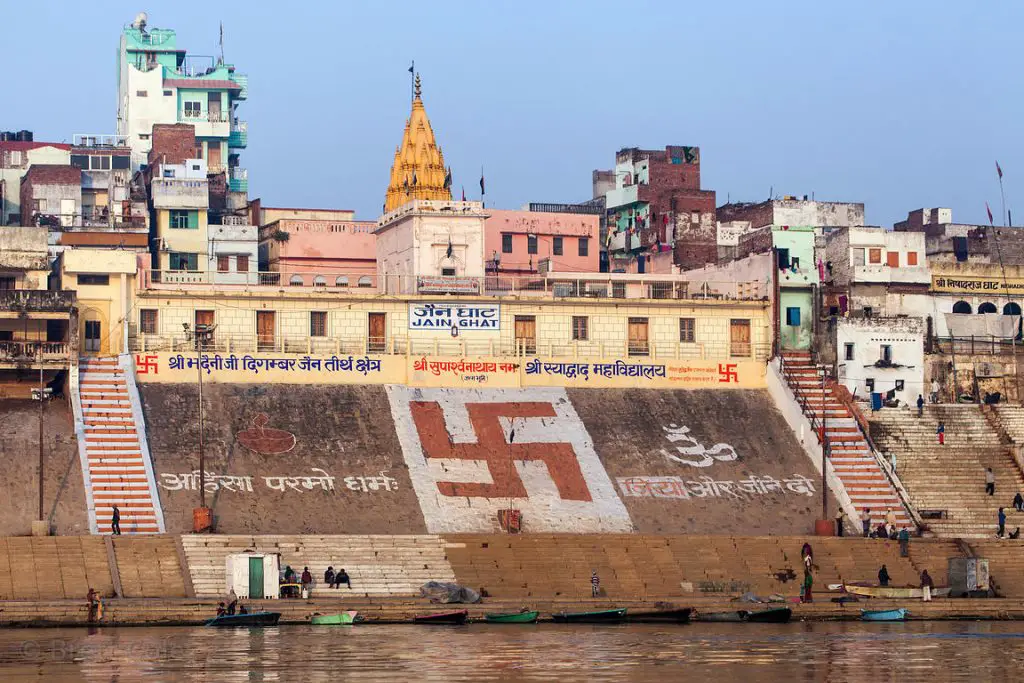
Jain Ghat was earlier known as Vaccharaja Ghat. In Varanasi this ghat was purchased by the Jain community in 1931, and they fortified it, renaming it as Jain ghat. Jain society performs various religious activities on this ghat and also takes a bath in the Southern region of the ghat qhile the Northern region is inhabited by the Mallaha or boatman families, which gives a different bent to the Jain ghat.
13. Hanuman Ghat
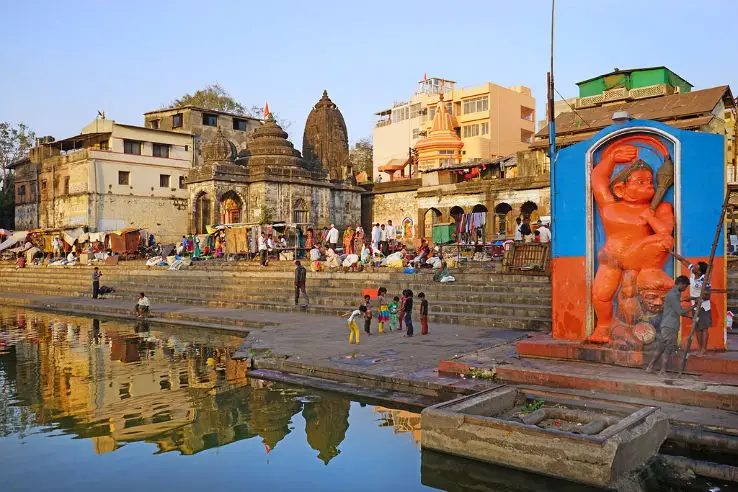
Hanuman Ghat is located at the site of Juna Akhara and is a favourite spot for wrestlers and bodybuilders. Hindu saint Tulsi Das once erected a Hanuman Temple on this Ghat during the 16th century, since then the ghat has been named as Hanuman Ghat.
14. Darbhanga Ghat
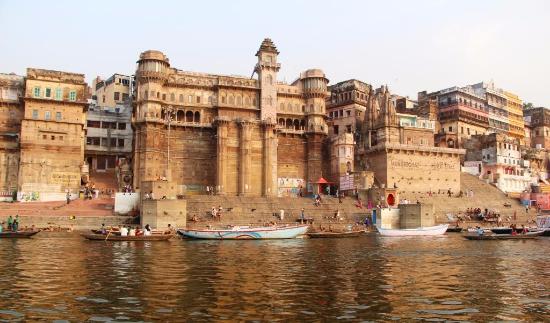
Darbhanga ghat falls between two famous ghats, namely Babua Pandey Ghat and Chousatthi Ghat. Primarily this ghat is the site of various religious activities and rituals related to cremation. Darbhanga Ghat is amongst the most visited ghats of Varanasi .
15. Sankata Ghat
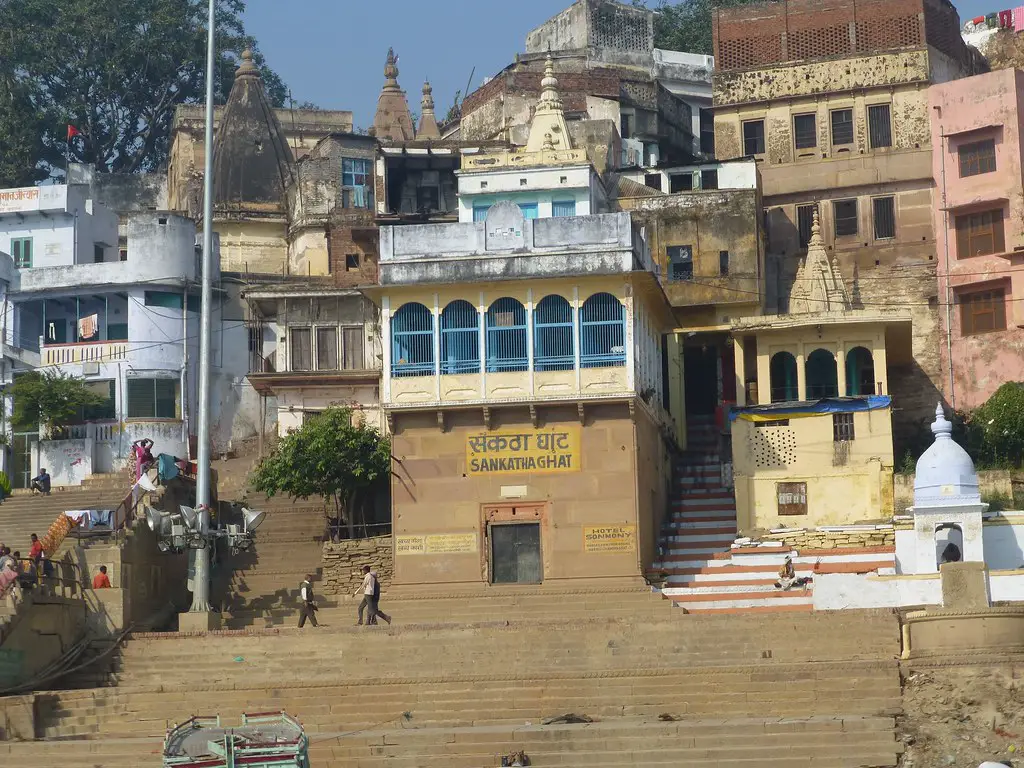
Sankata Ghat is named after Sankata Devi Temple and it is a very famous ghat in Varanasi, immensely frequented for religious activities, sacred rituals and bathing on the occasion of Yama Dvitiya. Sankata Devi Ghat is mainly visited by the devotees to seek blessings of the diety to avoid danger in life.
Read also – Top 15 Luxurious Hotels In The World